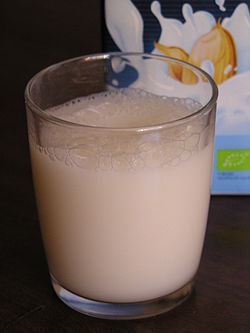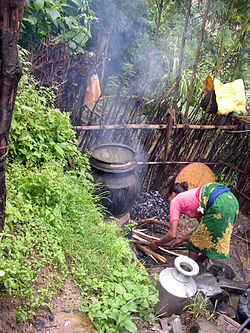
This is a list of notable rice drinks. This list contains fermented and unfermented drinks made from rice.

This is a list of notable rice drinks. This list contains fermented and unfermented drinks made from rice.




Rice wine is an alcoholic drink made from rice.

Sake is an alcoholic drink of Japanese origin that is made from fermented rice.